Musisz być zalogowany/a
-
WróćX
-
Alkatrészek
-
-
Kategória
-
Félvezetők
- Diody
-
Tyrystory
- Tyrystory firmy VISHAY (IR)
- Tyrystory firmy LAMINA
- Tyrystory firmy INFINEON (EUPEC)
- Tyrystory firmy ESTEL
- Tyrystory firmy WESTCODE
- Tyrystory firmy Semikron
- Tyrystory firmy POWEREX
- Tyrystory firmy DYNEX
- Tyrystory do grzejnictwa indukcyjnego
- Tyrystory firmy ABB
- Tyrystory firmy TECHSEM
- Przejdź do podkategorii
-
Moduły elektroizolowane
- Moduły elektroizolowane firmy VISHAY (IR)
- Moduły elektroizolowane firmy INFINEON (EUPEC)
- Moduły elektroizolowane firmy Semikron
- Moduły elektroizolowane firmy POWEREX
- Moduły elektroizolowane firmy IXYS
- Moduły elektroizolowane firmy POSEICO
- Moduły elektroizolowane firmy ABB
- Moduły elektroizolowane firmy TECHSEM
- Przejdź do podkategorii
- Mostki prostownicze
-
Tranzystory
- Tranzystory firmy GeneSiC
- Moduły SiC MOSFET firmy Mitsubishi
- Moduły SiC MOSFET firmy STARPOWER
- Moduły SiC MOSFET firmy ABB
- Moduły IGBT firmy MITSUBISHI
- Moduły tranzystorowe firmy MITSUBISHI
- Moduły MOSFET firmy MITSUBISHI
- Moduły tranzystorowe firmy ABB
- Moduły IGBT firmy POWEREX
- Moduły IGBT - firmy INFINEON (EUPEC)
- Elementy półprzewodnikowe z węglika krzemu
- Przejdź do podkategorii
- Sterowniki
- Bloki mocy
- Przejdź do podkategorii
- LEM áram- és feszültségátalakítók
-
Passzív alkatrészek (kondenzátorok, ellenállások, biztosítékok, szűrők)
- Rezystory
-
Bezpieczniki
- Bezpieczniki miniaturowe do układów elektronicznych seria ABC i AGC
- Bezpieczniki szybkie rurkowe
- Wkładki zwłoczne o charakterystykach GL/GG oraz AM
- Wkładki topikowe ultraszybkie
- Bezpieczniki szybkie standard brytyjski i amerykański
- Bezpieczniki szybkie standard europejski
- Bezpieczniki trakcyjne
- Wkładki bezpiecznikowe wysokonapięciowe
- Przejdź do podkategorii
-
Kondensatory
- Kondensatory do silników
- Kondensatory elektrolityczne
- Kondensatory foliowe Icel
- Kondensatory mocy
- Kondensatory do obwodów DC
- Kondensatory do kompensacji mocy
- Kondensatory wysokonapięciowe
- Kondensatory do grzejnictwa indukcyjnego
- Kondensatory impulsowe
- Kondensatory DC LINK
- Kondensatory do obwodów AC/DC
- Przejdź do podkategorii
- Filtry przeciwzakłóceniowe
- Superkondensatory
-
Zabezpieczenia przeciwprzepięciowe
- Ograniczniki przepięć dla aplikacji RF
- Ograniczniki przepięć dla systemów wizyjnych
- Ograniczniki przepięć linii zasilających
- Ograniczniki przepięć do LED
- Ograniczniki przepięć do Fotowoltaiki
- Ograniczniki przepięć dla systemów wagowych
- Ograniczniki przepięć dla magistrali Fieldbus
- Przejdź do podkategorii
- Filtry emisji ujawniającej TEMPEST
- Przejdź do podkategorii
-
Relék és kontaktorok
- Teoria przekaźniki i styczniki
- Przekaźniki półprzewodnikowe AC 3-fazowe
- Przekaźniki półprzewodnikowe DC
- Regulatory, układy sterujące i akcesoria
- Soft starty i styczniki nawrotne
- Przekaźniki elektromechaniczne
- Styczniki
- Przełączniki obrotowe
-
Przekaźniki półprzewodnikowe AC 1-fazowe
- Przekaźniki półprzewodnikowe AC jednofazowe serii 1 | D2425 | D2450
- Przekaźniki półprzewodnikowe AC jednofazowe serii CWA I CWD
- Przekażniki półprzewodnikowe AC jednofazowe serii CMRA I CMRD
- Przekaźniki półprzewodnikowe AC jednofazowe serii PS
- Przekaźniki półprzewodnikowe AC podwójne i poczwórne serii D24 D, TD24 Q, H12D48 D
- 1-fazowe przekaźniki półprzewodnikowe serii gn
- Przekaźniki półprzewodnikowe ac jednofazowe serii ckr
- Przekaźniki AC jednofazowe na szynę din SERII ERDA I ERAA
- Przekaźniki jednofazowe AC na prąd 150A
- Podwójne przekaźniki półprzewodnikowe zintegrowane z radiatorem na szynę DIN
- Przejdź do podkategorii
- Przekaźniki półprzewodnikowe AC 1-fazowe do druku
- Przekaźniki interfejsowe
- Przejdź do podkategorii
- Magok és egyéb indukciós elemek
- Hűtőbordák, Varisztorok, Hővédelem
- Ventilátor
- Légkondicionálás, Kapcsolótáblák tartozékai, Hűtők
-
Akkumulátorok, töltők, puffer tápegységek és átalakítók
- Akumulatory, ładowarki - opis teoretyczny
- Baterie litowo-jonowe. Niestandardowe baterie. System zarządzania baterią (BMS)
- Akumulatory
- Ładowarki akumulatorów i akcesoria
- Zasilanie awaryjne UPS i zasilacze buforowe
- Przetwornice i osprzęt do fotowoltaiki
- Magazyny energii
- Ogniwa paliwowe
- Ogniwa litowo-jonowe
- Przejdź do podkategorii
-
Automatizálás
- Futaba Drone Parts
- Wyłączniki krańcowe, Mikrowyłączniki
- Czujniki, Przetworniki
- Pirometry
- Liczniki, Przekaźniki czasowe, Mierniki tablicowe
- Przemysłowe urządzenia ochronne
- Sygnalizacja świetlna i dźwiękowa
- Kamera termowizyjna
- Wyświetlacze LED
- Przyciski i przełączniki
-
Rejestratory
- Rejestrator AL3000
- Rejestrator KR2000
- Rejestrator KR5000
- Miernik z funkcją rejestracji wilgotności i temperatury HN-CH
- Materiały eksploatacyjne do rejestratorów
- Rejestrator 71VR1
- Rejestrator KR 3000
- Rejestratory PC serii R1M
- Rejestratory PC serii R2M
- Rejestrator PC, 12 izolowanych wejść – RZMS-U9
- Rejestrator PC, USB, 12 izolowanych wejść – RZUS
- Przejdź do podkategorii
- Przejdź do podkategorii
-
Kábelek, Litz vezetékek, vezetékek, rugalmas csatlakozások
- Druty
- Lica
-
Kable do zastosowań specjalnych
- Przewody przedłużające i kompensujące
- Przewody do termopar
- Przewody podłączeniowe do czyjnków PT
- Przewody wielożyłowe temp. -60°C do +1400°C
- SILICOUL przewody średniego napięcia
- Przewody zapłonowe
- Przewody grzejne
- Przewody jednożyłowe temp. -60°C do +450°C
- Przewody kolejowe
- Przewody grzejne w Ex
- Przewody dla przemysłu obronnego
- Przejdź do podkategorii
- Koszulki
-
Plecionki
- Plecionki płaskie
- Plecionki okrągłe
- Bardzo giętkie plecionki - płaskie
- Bardzo giętkie plecionki - okrągłe
- Miedziane plecionki cylindryczne
- Miedziane plecionki cylindryczne i osłony
- Paski uziemiające giętkie
- Plecionki cylindryczne z ocynkowanej i nierdzewnej stali
- Miedziane plecionki izolowane PCV - temperatura do 85 stopni C
- Płaskie plecionki aluminiowe
- Zestaw połączeniowy - plecionki i rurki
- Przejdź do podkategorii
- Osprzęt dla trakcji
- Końcówki kablowe
- Szyny elastyczne izolowane
- Wielowarstwowe szyny elastyczne
- Systemy prowadzenia kabli
- Peszle, rury
- Przejdź do podkategorii
- Az összes kategória megtekintése
-
Félvezetők
-
-
- Szállítók
-
Alkalmazások
- Bányászat, kohászat és öntöde
- Berendezések elosztó-, vezérlő- és távközlési szekrényekhez
- Berendezések és alkatrészek veszélyes területekhez [Ex]
- CNC szerszámgépek
- DC és AC hajtások (inverterek)
- Energetika
- Energy bank
- Gépek fa szárítására és feldolgozására
- Hegesztőgépek
- Hőmérséklet mérés és szabályozás
- HVAC automatizálás
- Indukciós Hevítés
- Ipari automatizálás
- Ipari védőeszközök
- Motorok és transzformátorok
- Műanyag hőformázó gépek
- Nyomtatás
- Tápegységek (UPS) és egyenirányító rendszerek
- Villamos és Vasúti Vontatás
- Vizsgálati és laboratóriumi mérések
-
Telepítés
-
-
Induktorok
-
-
Indukciós eszközök
-
-
https://www.dacpol.eu/pl/naprawy-i-modernizacje
-
-
Szolgáltatás
-
- Kapcsolat
- Zobacz wszystkie kategorie
Comparison of capacitive and resistive touch panels: Which solution is better for your business?

Choosing the right touch solution can be a challenge for many companies looking to implement innovative technologies in their products or processes. The two most commonly used types – capacitive touch screens and resistive touch panels – have unique advantages and are used in various environments. Understanding these differences will help select the ideal solution to ensure optimal performance, durability, and user convenience in a given application.
Capacitive Touch Screens – Excellent Precision and Modern Design
Capacitive touch panels, often referred to as PCAP (Projected Capacitive) screens, are a technology widely used in mobile devices such as smartphones and tablets, where fast and intuitive interaction is a priority. A capacitive touch panel works by detecting changes in the electrostatic field on the screen's surface. This method makes capacitive screens exceptionally sensitive to touch, allowing operation with gentle gestures.
Advantages of Capacitive Touch Panels:
- Precise touch detection – A capacitive touch screen is highly accurate, responding to even the slightest user gestures. This makes it ideal for applications requiring high precision, such as user interfaces in medical devices, POS applications, or advanced control systems.
- Multi-touch support – Capacitive touch screens support multi-touch functionality, enabling advanced gestures such as zooming or scrolling. This feature is especially useful in interactive devices and enhances user intuitiveness.
- Modern look and durability – Capacitive touch panels are typically covered with durable glass, which not only provides an elegant appearance but also protects the surface from scratches, dust, and other damage. This makes capacitive screens an ideal solution for devices used publicly, such as information kiosks.
- Increased resistance to dirt – The surface of capacitive screens is easy to clean, making them ideal for industries where cleanliness and hygiene are a priority, such as healthcare, food service, and the food industry.
With these features, capacitive touch screens are an excellent choice for companies that value modernity, intuitiveness, and high-quality user interaction.
Resistive Touch Panels – Reliability and Versatility in Harsh Conditions
Resistive touch panels operate based on pressure detection. They consist of two transparent layers that touch when force is applied to the screen. This allows for precise control regardless of whether the user is using their hand, a stylus, or gloves, making resistive panels a popular choice in industrial and specialized environments.
Advantages of Resistive Touch Screens:
- Reliability in various environments – Resistive touch panels work well in environments with high levels of dust, humidity, or extreme temperatures. Due to their resistance to challenging conditions, resistive screens are widely used in industries such as logistics and transportation, where equipment must function flawlessly even in adverse conditions.
- Versatile usage – A resistive touch panel can be operated with any tool, enabling use even by users wearing gloves or using specialized tools. This makes resistive touch panels suitable for medical devices, military equipment, and applications where standard touch operation is insufficient.
- Low sensitivity to external interference – The resistive panel functions smoothly regardless of the presence of water, dust, or other contaminants. This makes resistive touch screens suitable for locations where other technologies might struggle to perform.
- Cost-effectiveness – Compared to capacitive panels, resistive touch panels are more budget-friendly. For companies looking for a solid, economical solution that is durable, resistive touch screens may be an attractive choice, especially for larger orders.
Resistive touch panels are, therefore, the optimal solution for companies that need reliable technology suited to extreme conditions and specialized applications.
Which Touch Panel to Choose?
The choice between a capacitive and a resistive touch screen largely depends on the environment in which they will be used and the specific requirements of end-users. Capacitive screens are more aesthetic, modern, and convenient to use, making them the best for consumer devices, POS systems, and interactive kiosks. For industries where aesthetics, high touch sensitivity, and multi-touch capability are essential, capacitive screens are an ideal choice.
On the other hand, resistive touch panels are an excellent option for industry, logistics, and applications where the screen must function reliably in conditions of high dust, humidity, or extreme temperatures. Reliability, durability, and the ability to operate using various tools make resistive touch screens the ideal choice for specialized and professional applications.
Summary
Each type of touch panel – capacitive and resistive – has its unique advantages that meet different business needs. For companies seeking a modern, elegant, and touch-sensitive solution that offers multi-touch support, capacitive touch screens are an excellent choice. Meanwhile, companies operating in environments that demand durability, versatility, and resistance to extreme conditions may opt for resistive touch panels, which perform well in the toughest applications.
A careful analysis of your company's needs and the conditions in which the screens will be used will help make the best decision. Choosing the right touch solution can improve the efficiency and reliability of operations while enhancing end-user satisfaction.
Related products
Related posts
 Nowości w dziale zasilacze, przetwornice i inwertery – inwertery Premium
Nowości w dziale zasilacze, przetwornice i inwertery – inwertery Premium
 Oświetlenie do obrabiarek– oprawy KIRA!
Oświetlenie do obrabiarek– oprawy KIRA!

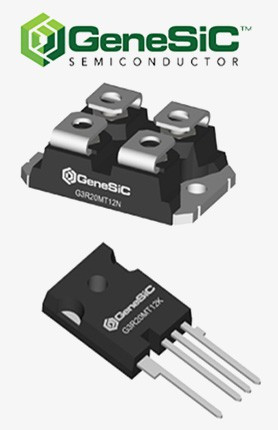
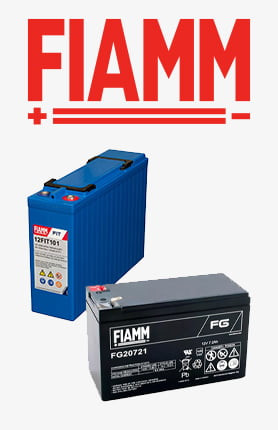

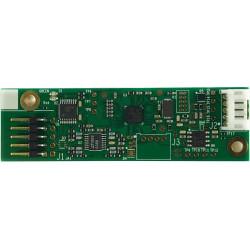
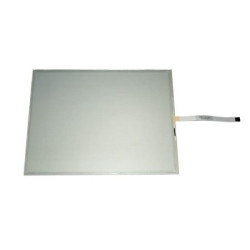

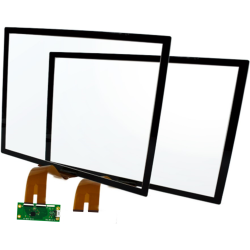


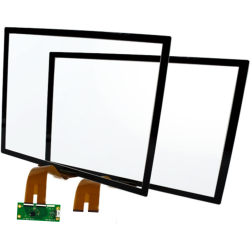
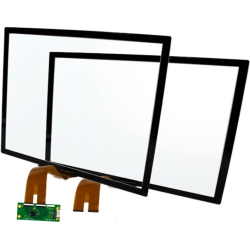

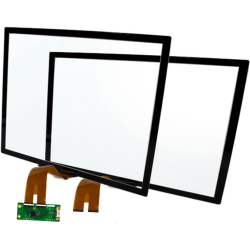
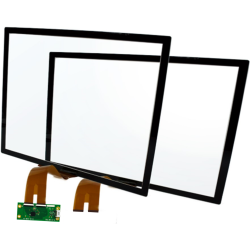

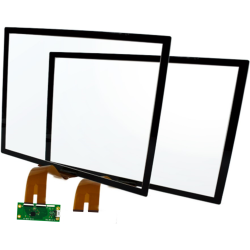
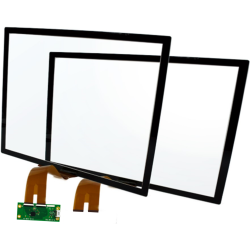
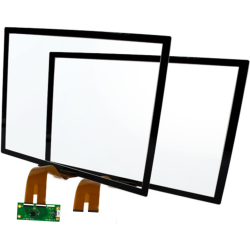
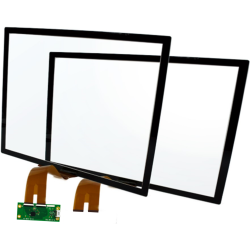
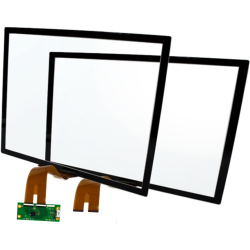
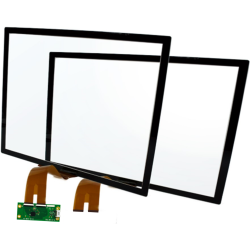
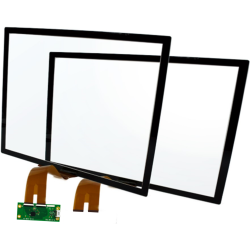
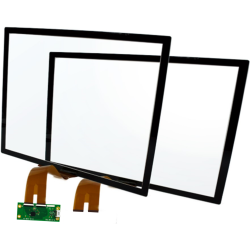
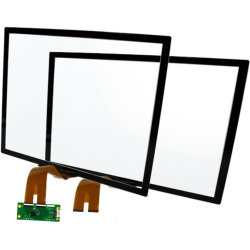
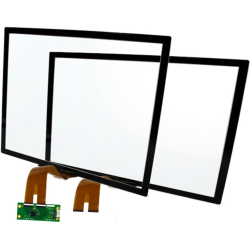
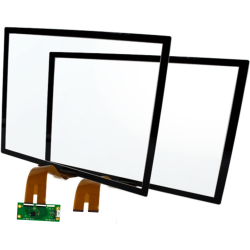
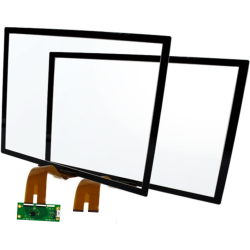
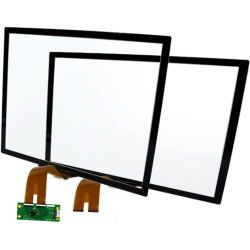
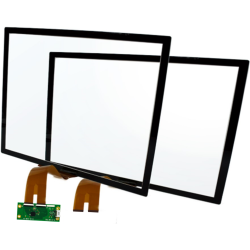
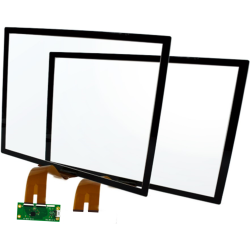
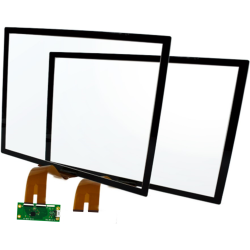
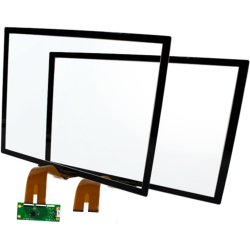
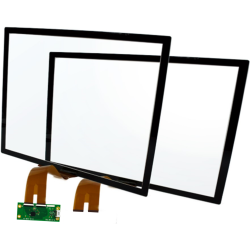
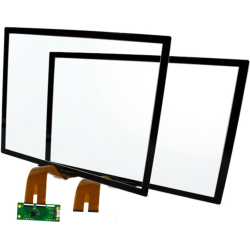
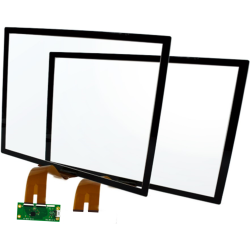

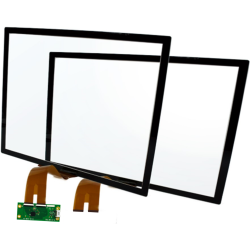
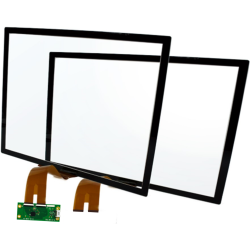
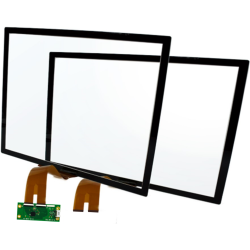
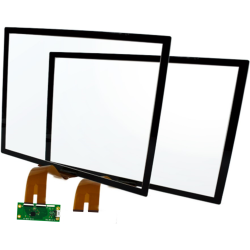
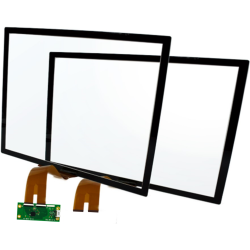
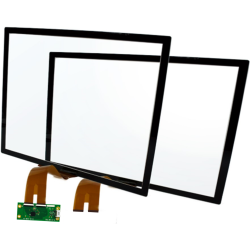
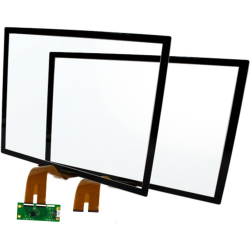
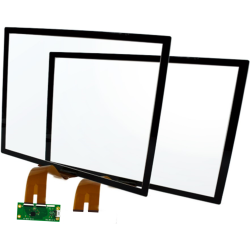
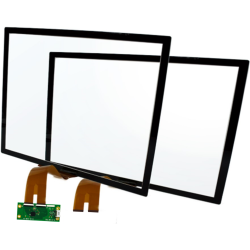
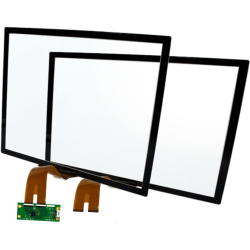
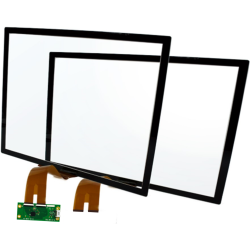
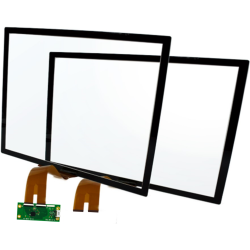
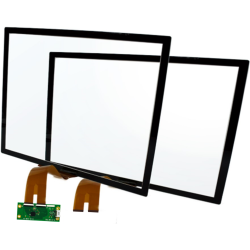
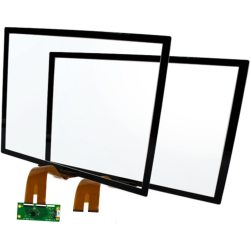
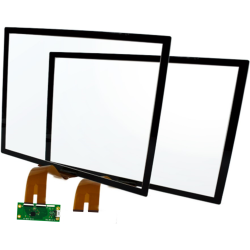
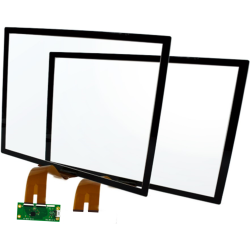


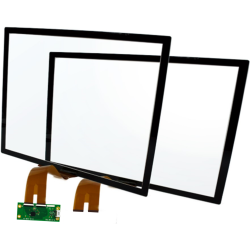
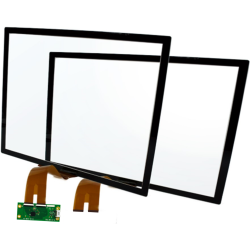
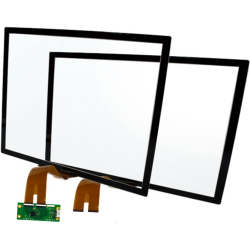

Leave a comment